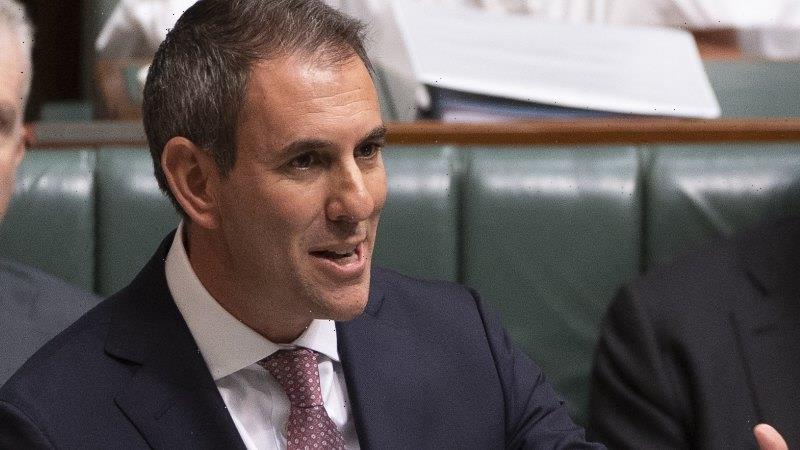HOLIDAYMAKERS may be wondering the difference between a burgundy passport and the new blue versions.
Here is all you need to know about blue passports and how you can get your hands on one.
What are the blue passports?
The new blue passport design was phased in back in 2020 after the UK voted to leave the EU.
The government website states: "All new passports will now be issued with the blue design."
While burgundy passports are no longer being issued, they are still valid until they expire.
When will I get a new blue passport?
All new passports are blue with the phrase European Union removed from the top, so anyone applying for a new passport will now be given them, with no option for a burgundy one.
READ MORE ON TRAVEL
The no.1 European spot for cheap beach hols – where beer is £1.10 & hotels are £20
The abandoned seaside town where A-list celebs used to spend their summers
The very last EU British passport will run out by the beginning of 2030.
How much do blue passports cost?
A new passport in the UK costs £75.50 if applying online, or £85 if applying by form.
Kids are cheaper, costing £49 online or £58.50, while anyone born before September 2, 1929 can get them for free.
Who designs the new blue passports and where are they made?
British company De La Rue no longer produces British passports, as it was handed over to French-Dutch firm Gemalto.
De La Rue produced its first passport for Britain back in 1915.
READ MORE IN THE SUN
Maya Jama replaces Kate Moss to sign megabucks deal for iconic brand
Wife of trans rapist sent to female prison brands gender-switch 'a sham'
Frisbee-chasing pet leads fellow canines in Dog Photography Awards
I asked my dad Muhammad Ali which fight was his toughest… his answer surprised me
How have UK passports changed over time?
The earliest passports were issued under the reign of Henry V in 1414, but it was not until 1915 that the first modern-style British passports were available.
They included a photograph and signature and consisted of a single piece of paper that folded out and sat between cardboard covers.
The first blue passport in the format of a book was issued in 1921 – it had 32 pages and was written in French.
In 1988 the first burgundy coloured machine-readable passports were issued in the UK following the common format introduced by the European Economic Community.
A decade later, the first digital UK passport was introduced which included a digital image of the photograph and signature.
By 2006 the first biometric passports were issued with an electronic chip featuring the holder’s data and in 2008 the first ePassport gates were introduced in the UK.
The national identity: A timeline showing the history of the UK passport
THE first passport-type papers appeared in 1414 with a "safe conduct" document referred to in an Act of Parliament in Henry V's reign.
1540: Travel papers are called passports for the first time.
1641: Oldest surviving British passport was issued.
1794: The Home Office takes control of issuing them in a role it still has today.
1835: Row breaks out over "degrading" demands for British passports to include physical descriptions.
1858: Passports are written in English for the first time. They had been in French, the official language of diplomacy.
1915: Passport books similar to those we use today were first issued.
1920: Our iconic blue book created.
1972: Watermarks were introduced.
1975: Laminated photos were added to help prevent pictures being switched.
1988: Blue book ordered to be abolished after the EU demands Britain use European Common Format Passport.
1993: The blue passport was ditched.
2002: Famous last-minute London Passport Office leaves Petty France, Westminster, for Victoria.
Source: Read Full Article









